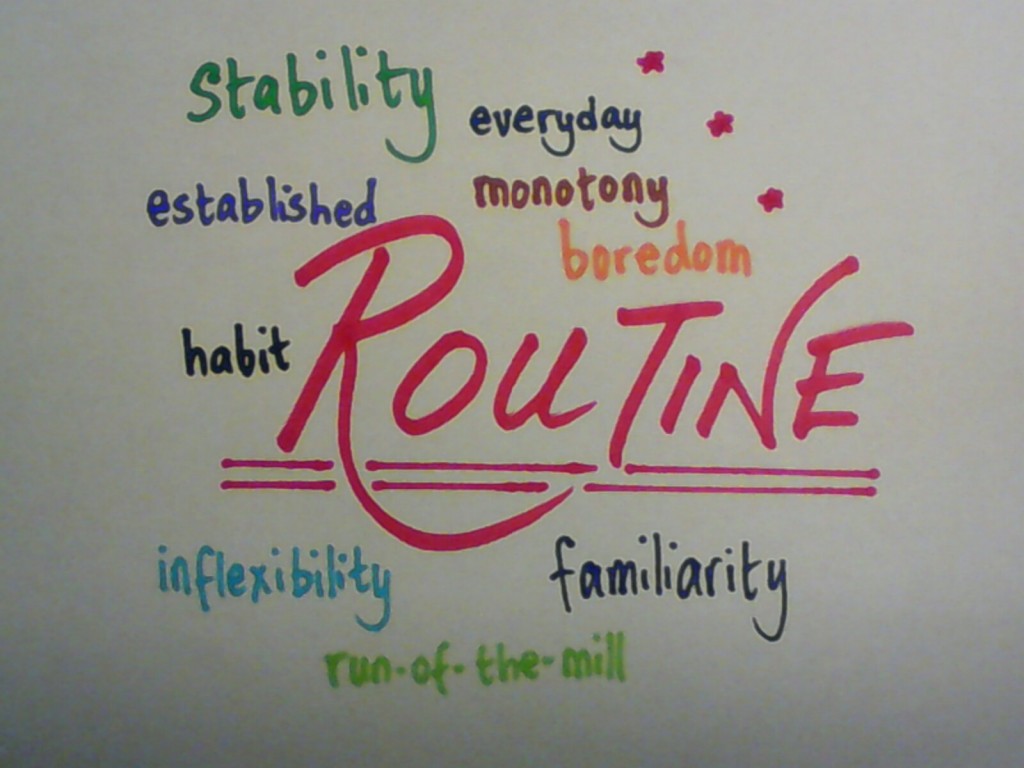Fortnightly Focus #6 – Struggling with a weaker group
I definitely have a lot of ‘works in progress’ this year! I’m still finding my feet with this group of 10-year-olds who are are much weaker compared to groups of the same age I’ve previously taught, but I feel as though the last couple of lessons have been more productive and that I’ve supported their learning more.
 A new activity I’ve introduced focuses on questions each week as I found that they could easily produce “What’s your favourite…?” but struggled to produce questions with other structures and needed more support in understanding the meaning of different question words (‘who’ causes particular problems).
A new activity I’ve introduced focuses on questions each week as I found that they could easily produce “What’s your favourite…?” but struggled to produce questions with other structures and needed more support in understanding the meaning of different question words (‘who’ causes particular problems).
I’m also trying to slot in an activity each week to review much more basic language – so this week we played Bingo with numbers 1-20. I’m also going to review prepositions of place as this can be problematic for Spanish learners anyway (in/on is generally en in Spanish and in front of sounds like en frente but it’s a bit of a false friend).
Also, fortunately, I’m being observed with this group tomorrow so I’m sure in the post-observation chat my colleague will give me some constructive advice, helpful tips and an outsider’s opinion of the group.
My next Fortnightly Focus is going to be on bringing more tech into the classroom as I’m eager to build up some more resources with Quizlet, Kahoot and Triptico. And, speaking of Quizlet, Sandy Millin shared an excellent blogpost she’d written all about the site which goes into incredible detail about the resources available and give links to sets which she’s produced linked to the CEFR scale – incredibly useful!
